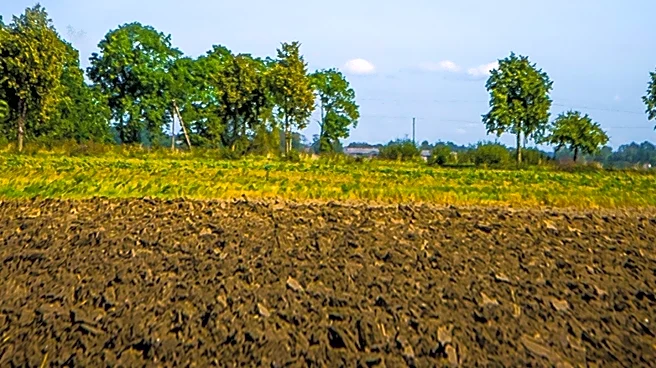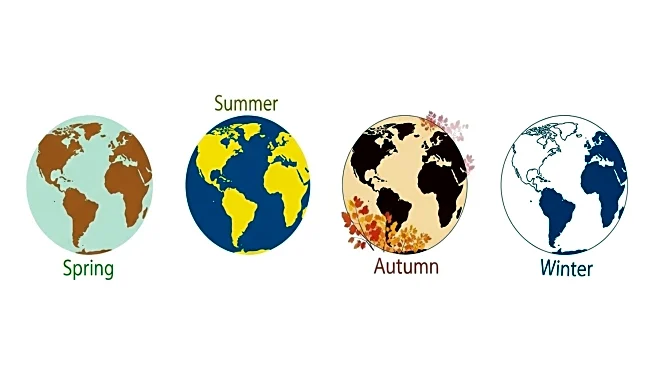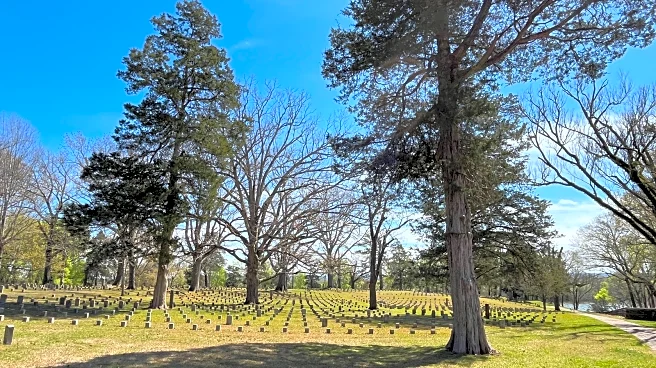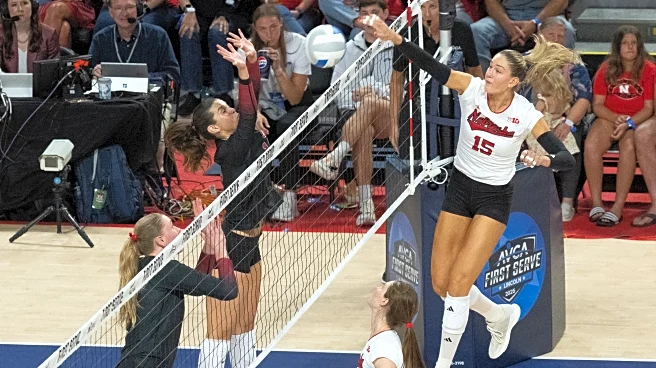What is the story about?
What's Happening?
In Nashville, the arrival of purple martins marks the beginning of meteorological fall. These birds, North America's largest swallow, gather in downtown Nashville in large numbers, creating a spectacle as they prepare for their fall migration to South America. The purple martins are known for their acrobatic flight and their ability to feast on flying insects while airborne. Local conservation organizations, including Bird Safe Nashville and the Nature Conservancy in Tennessee, monitor these birds to identify their roosting sites each year. This year, the birds have chosen to roost near the convention center, a site that differs from last year's location at the Tennessee Titans' stadium.
Why It's Important?
The gathering of purple martins in Nashville is a significant ecological event, highlighting the city's role as a major staging ground for these migratory birds. This phenomenon underscores the importance of urban areas in supporting wildlife, even amidst development. The presence of these birds draws attention to conservation efforts and the need to protect natural habitats within cities. It also serves as a reminder of the interconnectedness of ecosystems across continents, as these birds travel from North America to South America. The event is a cultural marker for Nashville, signaling the transition to fall and engaging the community in wildlife observation and conservation.
What's Next?
As the purple martins continue their migration, local conservation groups will keep monitoring their roosting sites to ensure their safety and to gather data on their patterns. This information can help in future conservation planning and in raising awareness about the importance of preserving urban habitats. The community may also engage in educational activities and events centered around the migration, fostering a deeper appreciation for local wildlife and environmental stewardship.
Beyond the Headlines
The annual gathering of purple martins in Nashville highlights broader environmental and cultural themes. It reflects the adaptability of wildlife to urban environments and the role of cities in biodiversity conservation. The event also offers an opportunity for community engagement and education, promoting a sense of connection to nature and encouraging sustainable practices. Additionally, it serves as a reminder of the seasonal changes and the natural cycles that continue to occur despite human development.
AI Generated Content
Do you find this article useful?

















